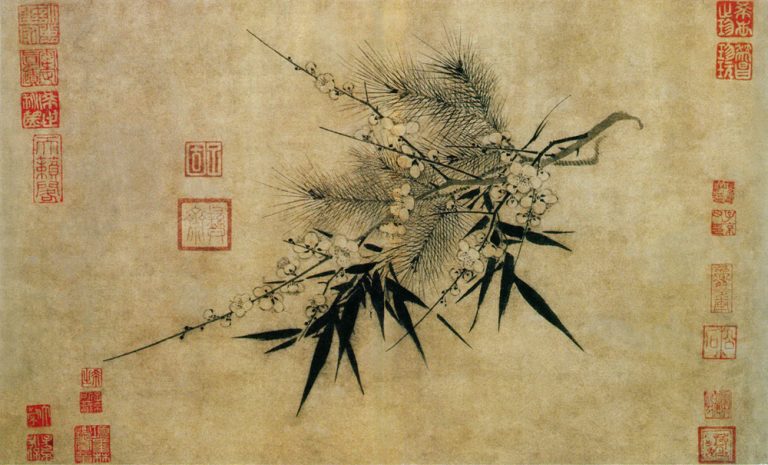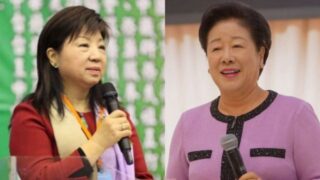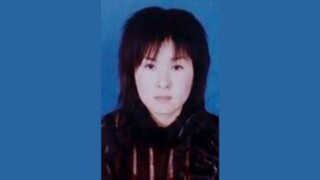The Tai Ji Men case is a perfect example of how several media are prejudiced against spiritual movements and would easily believe lies about them.
by Massimo Introvigne*
*A paper presented at the international webinar “Media as Friends and Foes of FoRB—and the Tai Ji Men Case,” co-organized by CESNUR and Human Rights Without Frontiers on May 8, 2024, after World Press Freedom Day (May 3).


One of the most discussed themes by scholars of religion in the 21st century is whether there is an anti-religious bias in mainline Western media. Although the discussion started earlier, an important development was the creation in 2013 by the Woolf Institute, a Cambridge academic institution devoted to the study of the relationships between Christians, Muslims, and Jews, of The Commission on Religion and Belief in British Public Life, which published a report in 2015. While examining other matters as well, the report noted “widespread dissatisfaction with the [mainline] media’s coverage of religion and belief,” “concern about the portrayal of religion and belief in the media,” and “a perceived lack of religion and belief literacy among media professionals.”
Similar comments were being made in these years by one of the most influential sociologists of religion in the United States, the late Rodney Stark, a friend from whom I learned much and who was occasionally a co-author of books and articles with me. Building on the previous work of Philip Jenkins, he found in particular an anti-Catholic bias in American media but noted a negative attitude against all religions.


Several scholars asked the question why this was happening. From a position that was quite sympathetic to the media, British sociologist Abby Day offered the explanation that at least in the English-speaking world, journalists in mainline media see themselves as custodians of a shared “truth” that is secular, liberal, progressive, and passionately committed to causes such as the pro-choice position on abortion and the campaign for same-sex marriage. Religionists also consider themselves as custodians of a “truth” that may be very much different, and the two truth claims unavoidably clash.
From a different perspective, American sociologist George Yancey in his 2015 book “Hostile Environment” focused on American media bias against Christianity and conservative religion in general and found its roots in the fact that mainline U.S. journalism is a self-perpetuating caste. If you are an Evangelical Christian or do not agree with the prevailing liberal and secular ideology, particularly on moral matters, you will be thrown out of the first interview when you will try to be hired by one of the mainline media.


David Bromley, James T. Richardson, and I added another nuance: most Western large media have a bias against religion in general, but this bias is magnified when a religion is stigmatized as a “cult.” There are two main reasons for this. One is that media know that lurid tales where religion is mixed with sexual abuse, power, greed, and fraud sell. That a new religion, or even an old religion, is helping its members is not newsworthy. That it defrauds and abuses them is.
The second reason, already evidenced in the British report of 2015 and the discussion that followed, is the serious problem of what “experts” the media decide to listen to. Since most mainline journalists lack religious literacy in general, being very often non-religious themselves, and know almost nothing about new religious movements, they rely on “experts.” In the case of “cults,” since they know that sensationalist tales would sell, they have learned to dismiss the academics, who would downplay the sensational elements, and look for the anti-cultists. These pseudo-experts would gladly confirm that the new religious movements are bad, dirty, criminal, and deal in things like “brainwashing,” black magic or illicit sex, which is exactly the kind of story that would attract readers.
The Tai Ji Men case is a perfect confirmation of this state of affairs. In 1996 and 1997, Prosecutor Hou Kuan-Jen, the man largely responsible for creating the Tai Ji Men case, managed to have over 400 newspaper articles and over 70 TV reports by twelve different stations repeating his false and slanderous portrait of Tai Ji Men. Some of the stories he spread were patently absurd, yet they were spread by the media. One was the accusation that Dr. Hong Tao-Tze, the Shifu (Grand Master) of Tai Ji Men, was “raising goblins.” Another was the claim that Tai Ji Men had evaded taxes for more than three billions of New Taiwan dollars, while the total balance in the relevant accounts was around New Taiwan dollars 610,000.


Why did the media publicize these obvious lies? Because Taiwan is an economically advanced and culturally Westernized part of the “Global West” where media are biased against religion and spirituality, and much more against groups labeled as “frauds” and “cults.” They were ready to believe Prosecutor Hou, whose story was false but more sensational and newsworthy than the truth.
The 2015 British report called for educating journalists in “religious literacy.” I believe this is useful but is not enough. As the Tai Ji Men case demonstrates, there is also an ethical issue for journalists who should consider how much suffering slandering an innocent spiritual movement will cause. It is, after all, a question of conscience.









